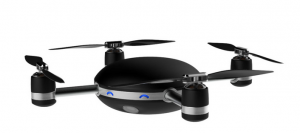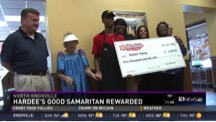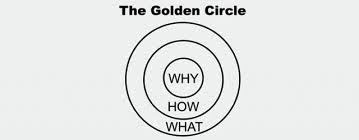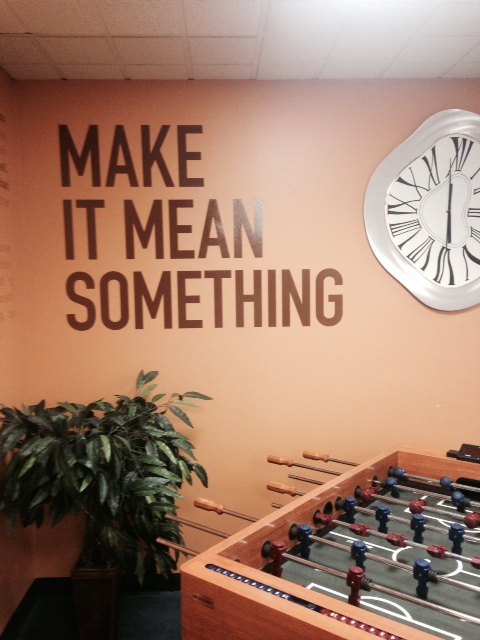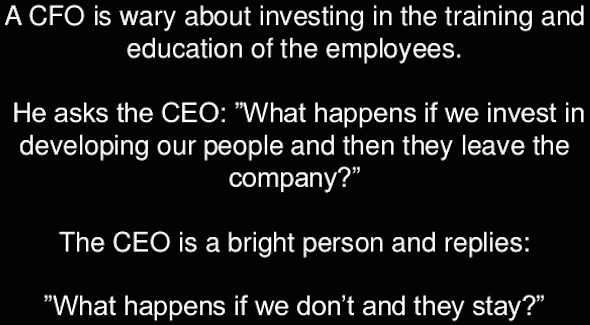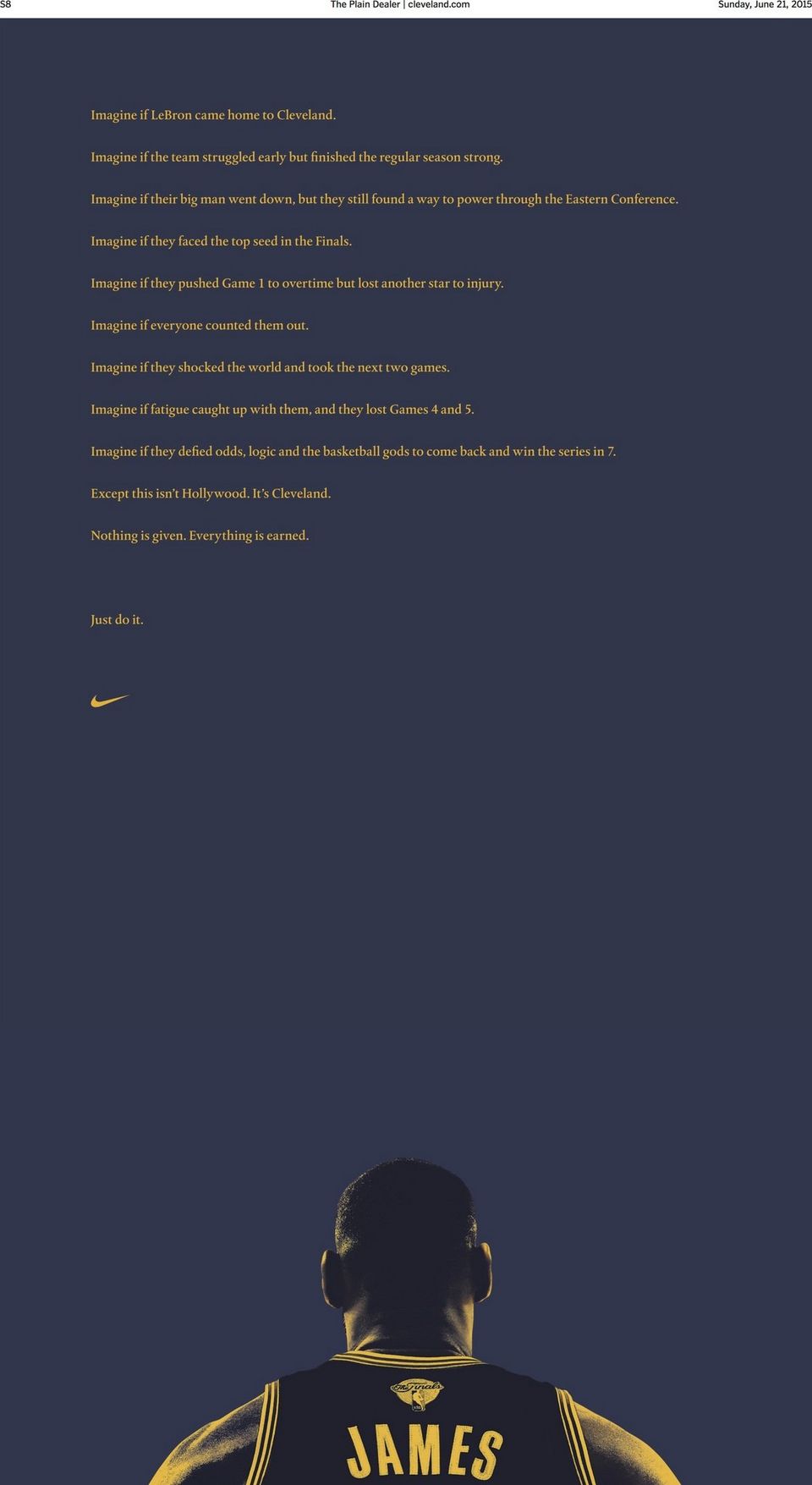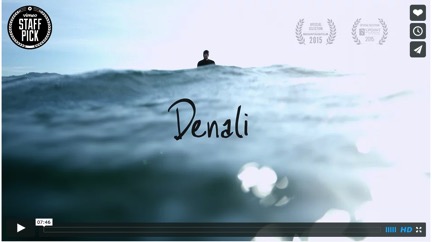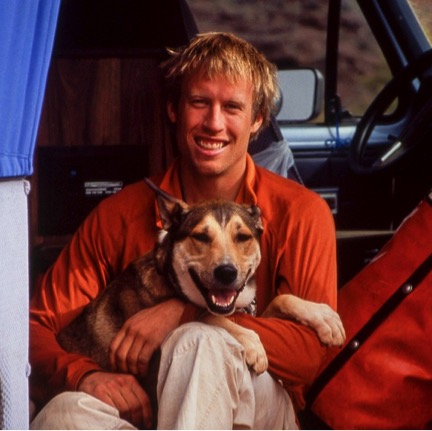Most people underestimate the speed of a train and don’t realize it can take up to a mile for a train traveling 55 miles per hour to come to a complete stop.
The frightening truth is that deaths from walking on train tracks are up almost 10 percent this year, killing nearly 500 people in 2014.(source: Federal Railroad Administration). Many of these deaths are teens. This is, in part, due to the popularity of photos being taken on tracks by the teens themselves or by amateur and professional photographers. Believe it or not, train tracks are being used as a backdrop for senior photos.
The Union Pacific Crossing Accident Reduction Education and Safety (UP CARES) public safety initiative reminds both drivers and pedestrians to stop, look and listen when approaching railroad crossings and to always expect a train. As part of the initiative, G/L collaborated with Union Pacific Railroad to launch a campaign focused on raising awareness about the safety concerns and legal implications associated with taking high school senior photos on or near railroad tracks.
Playing on teens’ desire to look “cool” and not foolish in front of their peers, G/L created two videos that liken railroad tracks to busy thoroughfares (such as highways and busy downtown streets) and ask teens a simple question: “You wouldn’t get your senior photo taken here…so why would you do it on the tracks?” The videos, shared socially and digitally by Union Pacific, have been featured in articles on popular photography sites including SLR Lounge, Fstoppers, and PetaPixel, and were also included as part of a Nightline ABC story.
Changing behavior and perceptions through a campaign is no easy task. It needs to truly resonate with the viewer to make them think differently about what they’re doing. In this case the social media content and videos are connecting with both the teen and photographer audience thanks to the efforts of our client and G/L team.
Contact us using the form below if you have a public safety or internal safety program that we can help you strategize and implement.
[gl-hs-form form_id=’1863abe3-c1e4-43d0-a298-c7b132f8ce03′]

